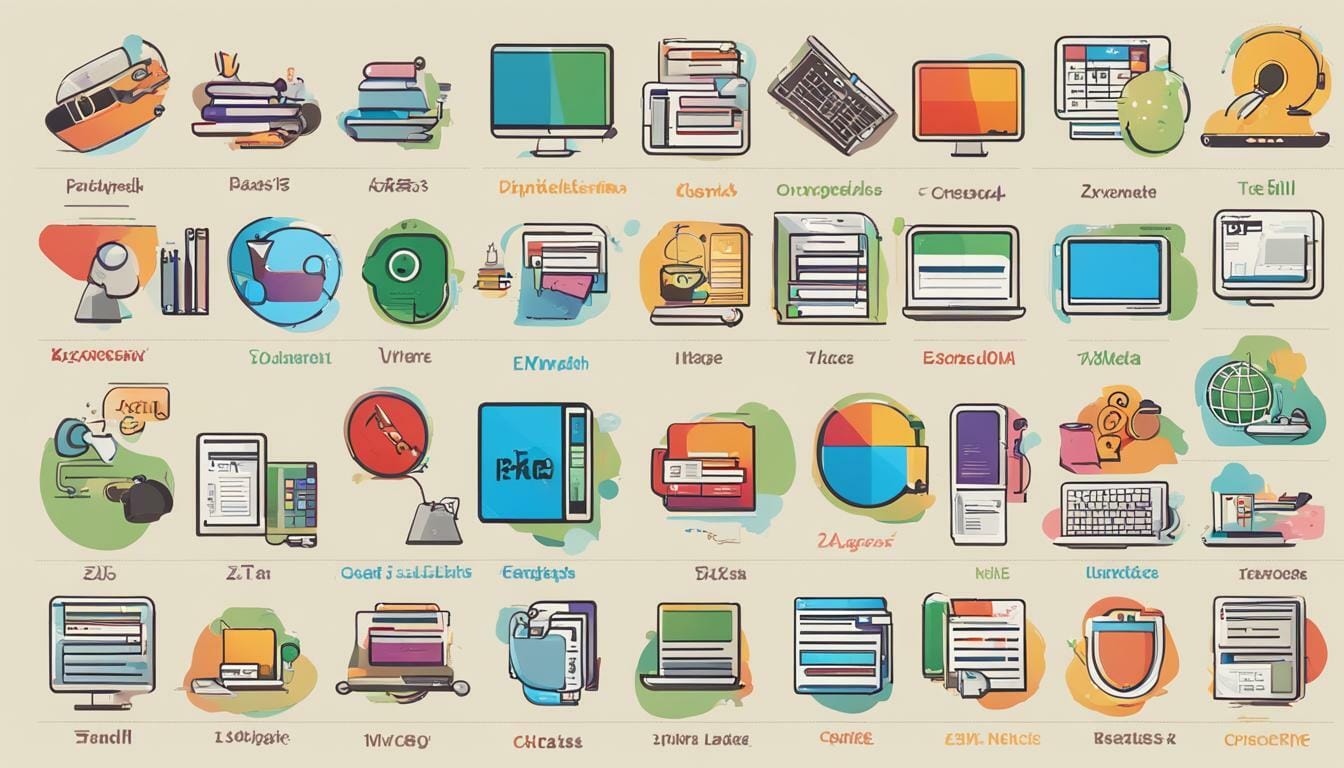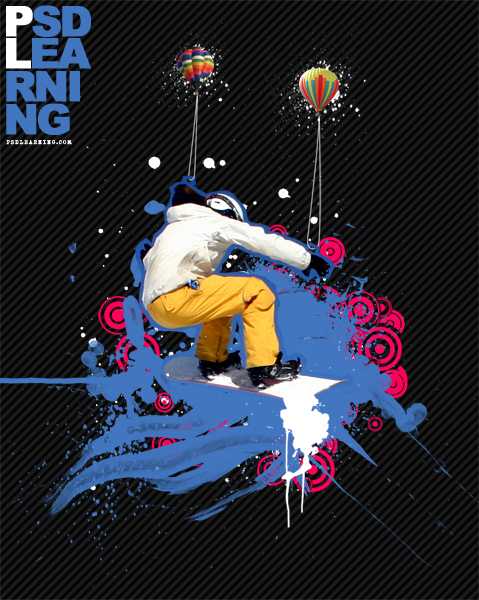Your Ultimate Object Oriented Language List Guide

Key Takeaways:
- Object-oriented programming languages follow a paradigm that promotes code reusability, simplifies complex code, and reduces errors.
- In this guide, we will explore some of the top object-oriented programming languages and their unique features and applications.
Understanding Object-Oriented Programming
Welcome to my ultimate object oriented language list guide. Before we dive into the list, let’s take a moment to understand the basics of object-oriented programming (OOP). OOP is a programming paradigm that focuses on objects, which are instances of classes that contain data and methods. Object-oriented programming is all about creating reusable code and increasing productivity. By breaking down a program into smaller, more manageable parts, developers can build complex applications more efficiently. OOP languages are designed to support these concepts, providing programmers with tools to create organized and efficient code. Object-oriented programming is not a new concept; it has been around for a few decades. However, the popularity of OOP languages has risen in recent years, with languages such as Java, Python, and Ruby becoming more widely used. Now that we understand the basics of OOP, let’s explore some of the most popular OOP languages and their unique features.
“Object-oriented programming is a powerful paradigm that allows developers to build complex applications more efficiently by breaking down a program into smaller, more manageable parts.”
Java – The Powerhouse of OOP
Java is one of the most popular and widely used object-oriented programming languages in the industry. It was created by James Gosling at Sun Microsystems in the mid-1990s and has since grown to become a powerhouse of programming languages. One of the key benefits of Java is its “write once, run anywhere” feature, which means that Java programs can run on any platform without the need for recompilation. This makes Java a highly portable language, allowing developers to build applications across a range of devices and operating systems.| Pros | Cons |
|---|---|
| Object-oriented | Memory management can be complex |
| Robust and secure | Verbose syntax |
| Ease of learning and use | Requires the Java Virtual Machine (JVM) |
 Overall, Java’s feature-rich and versatile nature has made it one of the most powerful programming languages in the industry, suitable for a wide variety of applications.
Overall, Java’s feature-rich and versatile nature has made it one of the most powerful programming languages in the industry, suitable for a wide variety of applications.
Python – The Versatile OOP Language
Python is a high-level programming language that features a simple syntax and easy readability. These qualities make it an excellent choice for beginners who want to learn the basics of coding, and for experienced programmers who need to quickly prototype new applications. In addition, Python has a large and active community that provides extensive support and resources. Python supports various programming paradigms, including object-oriented programming (OOP). As an OOP language, Python allows for the creation of objects that encapsulate data and functionality. These objects can interact with each other to perform tasks, making it easy to design complex systems that are modular and scalable. One of the notable features of Python is its versatility. It can be used for a wide range of applications, including web development, scientific computing, artificial intelligence, and more. This is due to the vast array of libraries and frameworks that are available for Python, such as Django, Flask, NumPy, and TensorFlow, which simplify the development process and provide powerful functionalities. Python also offers benefits such as dynamic typing, automatic memory management, and excellent readability. Its syntax is designed to be intuitive, making it easy to write and maintain code. This feature is particularly useful when working on large projects, where multiple programmers may collaborate and need to understand each other’s code.| Advantages of Python as an OOP Language |
|---|
| Simple and intuitive syntax |
| Supports a wide range of programming paradigms, including OOP |
| Large and active community |
| Versatile and can be used for various applications |
| Excellent readability and maintainability |

C++ – The Efficiency of OOP
C++ is a powerful and efficient programming language that combines the features of both procedural and object-oriented programming. As a result, it is widely used in the development of complex applications, operating systems, and device drivers. Its ability to directly access computer hardware and memory makes it a popular choice for performance-critical tasks. C++ is known for its support for features such as templates, which allow generic programming, and operator overloading, which allows the same operator to have different meanings in different contexts. Its standard library provides a wide range of functions and containers that make it easier for developers to implement complex algorithms and data structures. One of the most significant advantages of C++ is its ability to produce highly optimized code. Its syntax is designed to minimize runtime overhead, meaning that programs written in C++ tend to be faster and use less memory than those written in other object-oriented programming languages. This makes it particularly useful for applications that require high performance, such as gaming engines and financial systems. Overall, C++ remains an important language for developers due to its efficiency and versatility. Its ability to produce high-performance code while retaining object-oriented programming concepts has made it a popular choice in a wide variety of domains. As we can see from this TIOBE Index image, C++ remains one of the most popular programming languages used today, demonstrating its continued relevance in the programming world.
As we can see from this TIOBE Index image, C++ remains one of the most popular programming languages used today, demonstrating its continued relevance in the programming world.
Ruby – The Elegance of OOP
When it comes to object-oriented programming languages, Ruby stands out for its elegant and concise syntax. Developed in Japan during the mid-1990s, the language has gained immense popularity within the web development community for its simplicity and focus on developer happiness. One of the key features of Ruby is its dynamic typing system, which allows for flexible and efficient coding. Another major advantage of Ruby is its vast library of open-source gems, which provide developers with a wide range of functionalities and tools for their projects. Additionally, Ruby’s ease of use makes it an ideal language for beginners who are just getting started with object-oriented programming. Its emphasis on readability and maintainability also makes it a popular choice for experienced programmers who want to write clean, reusable code.
Some of the most well-known web applications built with Ruby include Airbnb, Github, and Shopify. Its popularity among web developers continues to grow, and it remains an important language in the coding landscape.
Additionally, Ruby’s ease of use makes it an ideal language for beginners who are just getting started with object-oriented programming. Its emphasis on readability and maintainability also makes it a popular choice for experienced programmers who want to write clean, reusable code.
Some of the most well-known web applications built with Ruby include Airbnb, Github, and Shopify. Its popularity among web developers continues to grow, and it remains an important language in the coding landscape.
JavaScript – The Language for Web OOP
JavaScript is a versatile language that has become an essential part of web development. Its ability to provide dynamic and interactive features to web pages is what makes it a popular choice for developers. JavaScript also allows for object-oriented programming, with its focus on encapsulation, inheritance, and polymorphism. The use of objects in JavaScript makes it easier to write complex code and provides a way to organize and reuse code. One of the key features of JavaScript as an OOP language is the ability to create objects using constructors and prototypes. This allows for the creation of objects with similar properties and behavior, reducing the amount of code needed to write. JavaScript is also the language behind many popular frameworks and libraries, such as AngularJS, React, and Node.js. These frameworks utilize the object-oriented features of JavaScript to provide efficient and scalable web applications. Overall, JavaScript’s object-oriented capabilities make it a powerful and versatile language for web development. Its ability to create dynamic and interactive web pages has made it an essential tool for modern web development.
Other Notable OOP Languages
Aside from the popular OOP languages discussed above, there are many other top OO languages that are worth mentioning. These object-oriented programming languages have their own unique features and applications that make them valuable tools for different programming needs.PHP
PHP is a popular OOP programming language that is widely used for web development. It is known for its flexibility, ease of use, and ability to integrate with other programming languages. With its extensive libraries and frameworks, PHP allows developers to create dynamic and interactive web applications.C#
C# is an object-oriented programming language developed by Microsoft. It is widely used for Windows desktop applications, game development, and web applications. C# is known for its simplicity, easy syntax, and extensive libraries, making it a favorite among developers.Swift
Swift is a newer object-oriented programming language developed by Apple. It is designed for developing applications for iOS, macOS, watchOS, and tvOS. Swift is known for its safety, speed, and ease of use, making it a top choice for mobile app development.Scala
Scala is an object-oriented programming language that combines functional programming with OOP concepts. It is a popular language for building large-scale applications, machine learning, and data processing. Scala is known for its complex syntax and powerful features, making it a top choice for advanced developers.Rust
Rust is a systems programming language that combines elements of OOP and functional programming. It is known for its memory safety and performance, making it ideal for building fast and reliable systems. Rust is widely used for developing operating systems, web browsers, game engines, and other performance-critical applications. As you can see, there are numerous object-oriented programming languages available, each with its own unique strengths and applications. Whether you are a beginner or an experienced programmer, staying up to date on the latest programming languages can help you choose the right tool for your coding projects.
As you can see, there are numerous object-oriented programming languages available, each with its own unique strengths and applications. Whether you are a beginner or an experienced programmer, staying up to date on the latest programming languages can help you choose the right tool for your coding projects.
How Can Understanding Object Pronouns Improve My Understanding of Object Oriented Languages?
Understanding how object pronouns in English are used is crucial for gaining skill in object-oriented languages. Much like recognising object pronouns in English can improve communication and simplify sentence structure, identifying object pronouns in programming languages such as Java or C++ assists in creating a more streamlined and well-structured code.
What Are the Best Object Oriented Languages for Text Editing?
When it comes to understanding text editor meaning, the best object-oriented languages for text editing include Java, C++, and Python. These languages offer robust features and libraries that make it easier to manipulate and analyze text data, making them ideal for developing sophisticated text editing applications.






